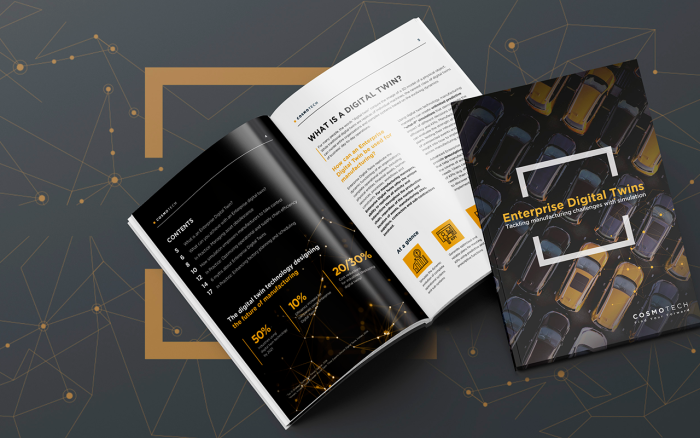Opacity and complexity

Understanding and explaining the results and correlations made by most AI models is difficult, if not impossible. Then, as the complexity of the task or the algorithm grows, the model opacity can render human supervision ineffective and have repercussions for asset managers.
First, the difficulty in predicting how AI models will respond to major unexpected events, could lead to systemic crashes. Then, even in the absence of unexpected events, AI models can make the same errors, at the same time, introducing the risk of cascading effect. Consequently, explaining to stakeholders how and why the plans or the asset management strategy failed can be difficult, which can undermine their trust in the chosen path.
Managing this complexity is difficult and risky as it limits the visibility on the consequences that each decision will have on the whole organization. Each asset could represent an investment of several million euros and, in case of unexpected downtime, it can jeopardize the entire production planning and have a huge impact on the production lines in terms of repair, costs and production losses.
As assets become progressively more complex, and with increased demand to incorporate metrics based on robust ROI assessments, the usability and effectiveness of outdated methods dramatically declines as they are not designed to deal with complex physical assets and asset inter-dependencies.








